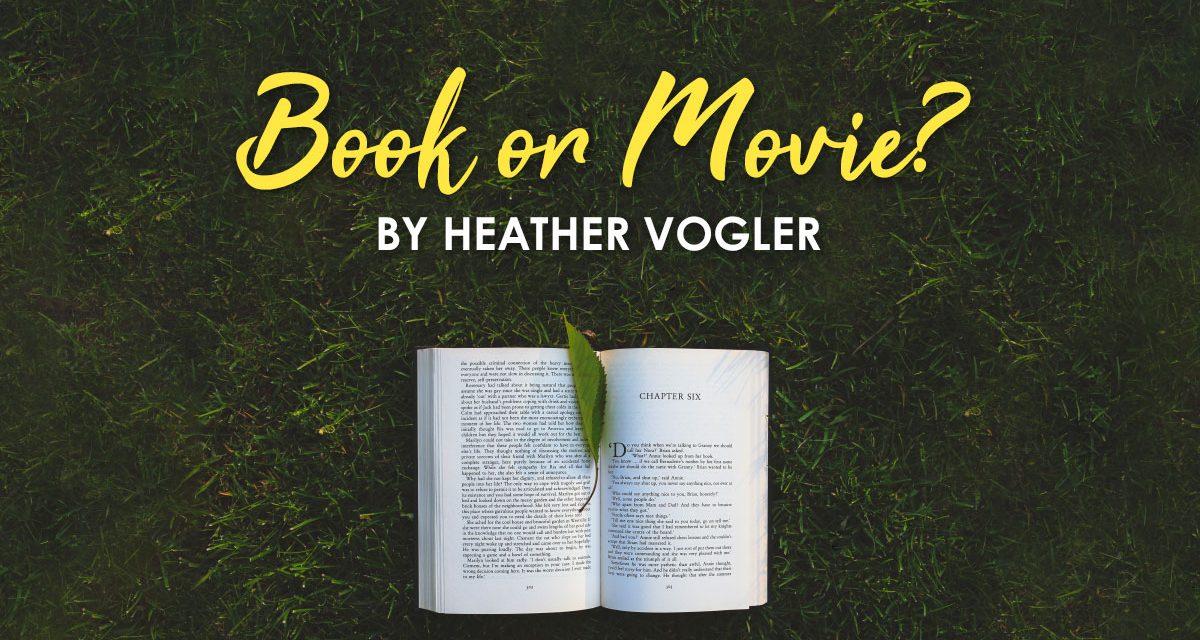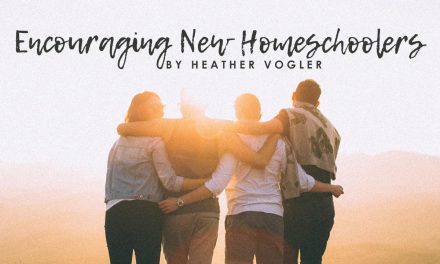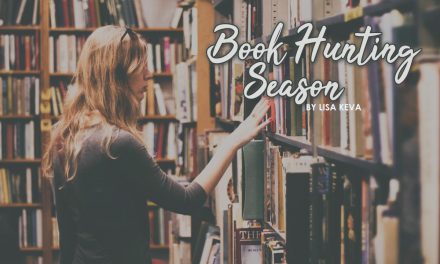In a day and age where we focus so strongly on learning styles, when a child struggles with reading, a question that comes up is, “should I take a different approach?” “Would the movie be just as effective?” Though in some cases, such as history or science, watching a movie version of the book might help your child visualize the information better, when it comes to classic literature, sticking to a hardcopy rendition is best. Let me tell you why. Have you seen the Johnny Depp version of “Willy Wonka and the Chocolate Factory?” It takes the unusual character of Willy Wonka from the original film, played by Gene Wilder, and turns his weirdness up a notch, or thirty. Rather than focusing on the heart of what Roald Dahl was teaching children in his book, “Charlie and the Chocolate Factory,” the focus is on Depp’s character and his strangeness. The original film at least attempted to bring up the moral issues that Dahl addressed in his book but they still weren’t able to be grasped unless you read the book. The reason for this is, a good, quality book teaches while movies, for the most part are designed to entertain.
What exactly was Roald Dahl attempting for children to gain from this story? It wasn’t simply about a candy factory to lure in the masses but this was merely a tool to teach children about honesty, truthfulness and respect. It seems so often when certain morals are presented in a book, they are left out of the movie entirely. For example, did you know that Charlie never once stole anything from Mr. Wonka as portrayed in the movie when he stole the fizzy lifting drink. The key point of the story was that of all the kids, he was the honest one. He was not tainted by the temptations of the world. Sure Dahl had a humorous and entertaining way to present these morals but the humor was not the focus, the morals were.
There is another story that is a prime example of this as well. I read this story recently with my children and I will probably say it is my new favorite book of all time. It just barely beat out Black Beauty, with Ben Hur trailing closely behind. This book made me laugh and it made me cry. It even made me gasp out loud in complete shock when the plot took a sudden, unexpected turn. It pulled at my emotions, increased my vocabulary skills and challenged and convicted me to the core. It is an upbeat and heart wrenching children’s story that is well-written enough to capture the heart of an adult reader as well. It challenges you to search your own religious actions and wonder if you are doing to for your own prideful reasons or out of love and compassion. It references Scripture and teaches in an extremely well-written manner that true religion is caring for the orphans and visiting the sick not works. The book? Well, I am sure you have seen the movie. Or at least heard of it. I am also sure that this movie did not pull on your heartstrings in the same manner. Though a cute and sweet movie, it simply did not hold to the heart of the book’s message as well as the book itself did. The book is Pollyanna.
Pollyanna was a fun movie to watch as a kid but the book is so much more than just fun. It truly is so much more than that. Using media and entertainment methods in our schooling is great. I use computer-based and video based programs daily but it is also important to remember to stick with the basics in some cases. We can’t forget about the power that a book holds and what it can do for a child’s imagination. I wouldn’t necessarily suggest doing what I did and refuse to allow your children to watch the Little House on the Prairie series until after we read the entire series so they didn’t have any preconceived ideas going into it, (yes, I did this!) I will suggest though to find some good quality literature to either have your student read or have read to them based on the original author’s works throughout their formative years. This way they can learn the structure of quality literature as well as the lessons that the author was attempting to teach as well.





